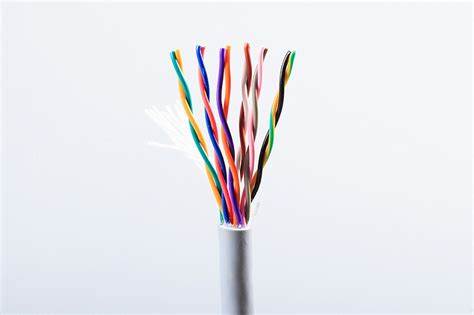
Cable and wire have many differences in size, structure, use, and characteristics, so they can not be confused with each other.
To distinguish between these is actually very simple, below to give you a detailed description.
1 Material distinction wire is used to carry current conductive metal wire. Having solid, twisted, or foil weave and other forms.
Insulated condition is divided into two categories: bare wire and insulated wire.
An insulated wire consisting of one or more insulated conducting wires centered in a sealed sheath.
Besides, it can protect the covering layer. The difference between the wire and the cable is that the size of the wire is generally small and the structure is simple, but sometimes the cable is classified into a broad line of wires.
2 The use difference between bare wire does not contain any insulation or protective layer of wire.
In addition to the wires that transmit electrical energy and information, they can also be used in the manufacture of electrical and electrical components and connections.
General use of copper, aluminum, copper alloy, and aluminum alloy.
In addition, there are all kinds of insulation wires for special requirements, such as low-voltage wires for automobiles, high-voltage ignition lines for motors, electrical machinery, electrical wiring, air conductors, compensating wires, etc.
A cable is used to transmit, distribute electrical energy, or transmit electrical signals. The cable can be divided into the power cable, communication cable, and control cable according to its use.
3 The difference between the power cable and ordinary wire is mainly that the cable size is larger and the structure is more complex.
The cable consists of the following 4 parts. Conductor wire: made of high-conductivity material.
Insulating layer: insulating material used as a cable. It should have high insulation resistance and high breakdown electric field strength. Cables are usually classified by insulation.
In addition to the above difference, the cable also has obvious advantages.
Compared with the overhead line, cable line insulation has the advantages of small distance, small space occupation, which does not account for the above-ground laying underground space, not being affected by environmental pollution, power transmission, and high reliability, and small disturbance to the personal safety and the environment.
As a result, cables are used in densely populated and densely populated areas as well as traffic congestion and busy areas. It has an important role to play in the modernization drive